Rotational Motion
Rotational motion refers to the movement of an object around an axis. This type of motion is commonly observed in objects such as wheels, propellers, and planets. Understanding rotational motion is crucial in various fields, including physics, engineering, and sports.
Key Concepts
- Axis of Rotation: The line or point around which an object rotates.
- Angular Displacement: The change in the position of an object as it rotates around an axis.
- Angular Velocity: The rate at which an object rotates around an axis, measured in radians per second.
- Angular Acceleration: The rate at which the angular velocity of an object changes over time.
- Moment of Inertia: The measure of an object's resistance to changes in its rotational motion.
- Torque: The rotational equivalent of force, causing an object to rotate around an axis.
Study Guide
When studying rotational motion, it's essential to grasp the following concepts:
- Understand the difference between linear and rotational motion.
- Be able to identify the axis of rotation in different scenarios.
- Learn how to calculate angular displacement, velocity, and acceleration.
- Comprehend the factors influencing an object's moment of inertia.
- Master the concept of torque and its relationship to rotational motion.
By mastering these concepts, you'll be well-equipped to solve problems related to rotational motion and understand its applications in real-world scenarios.
.◂Science Worksheets and Study Guides Sixth Grade. Protection, Reproduction and Cooperation
Worksheet/Answer key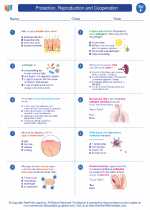 Protection, Reproduction and Cooperation
Protection, Reproduction and Cooperation  Worksheet/Answer key
Worksheet/Answer key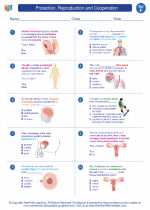 Protection, Reproduction and Cooperation
Protection, Reproduction and Cooperation  Worksheet/Answer key
Worksheet/Answer key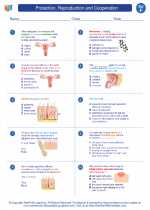 Protection, Reproduction and Cooperation
Protection, Reproduction and Cooperation  Vocabulary/Answer key
Vocabulary/Answer key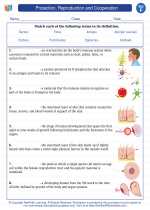 Protection, Reproduction and Cooperation
Protection, Reproduction and Cooperation  Vocabulary/Answer key
Vocabulary/Answer key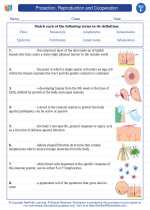 Protection, Reproduction and Cooperation
Protection, Reproduction and Cooperation  Vocabulary/Answer key
Vocabulary/Answer key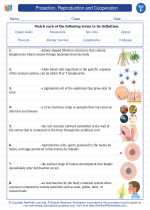 Protection, Reproduction and Cooperation
Protection, Reproduction and Cooperation 

 Worksheet/Answer key
Worksheet/Answer key
 Worksheet/Answer key
Worksheet/Answer key
 Vocabulary/Answer key
Vocabulary/Answer key
 Vocabulary/Answer key
Vocabulary/Answer key
 Vocabulary/Answer key
Vocabulary/Answer key

The resources above cover the following skills:
Reading Standards for Literacy in Science and Technical Subjects
Craft and Structure
Determine the meaning of symbols, key terms, and other domain-specific words and phrases as they are used in a specific scientific or technical context relevant to grades 6-8 texts and topics.